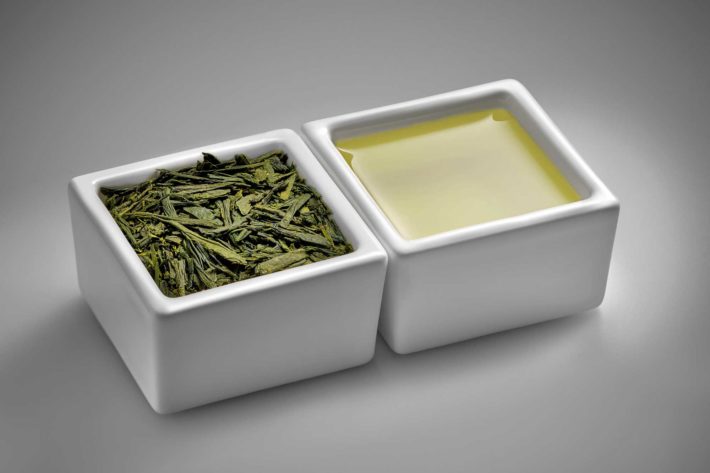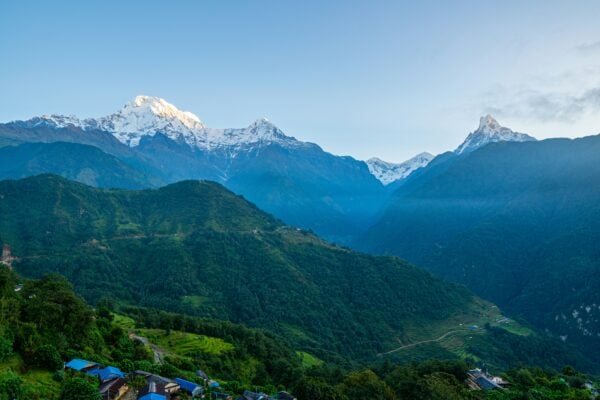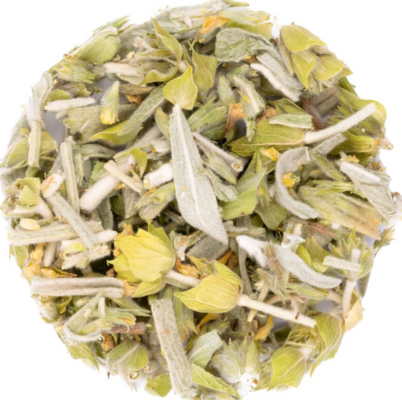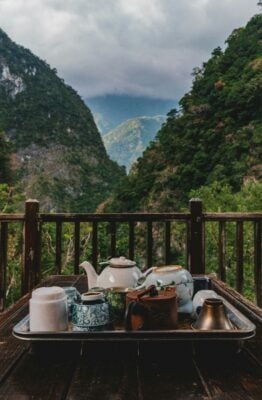When we think of Japanese tea culture we often think of high quality green tea in the form of Sencha, Matcha or for the connoisseur, even Gyokuru. However, before Sencha became the most popular tea in Japan during the Edo period in the 18th century, everyone in Japan was drinking the more ‘common’ Bancha.
Even though Bancha is consumed regularly by many Japanese, these days Bancha or ‘everyday tea’, has somewhat of a bad name as it is often perceived as a low grade, affordable, and therefore less tasteful, tea designed for everyday use. Interestingly though, the cultivation process of Bancha tea is in essence the same as that of the more popular and prestigious Sencha. The big difference between the two is that Bancha is made from leaves and stems that are picked a lot later in the year, usually during the 3rd or 4th harvest of the year, or late summer, fall, or even winter. This gives the tea a very distinct and refreshing taste. At times leaves and stems deemed unfit for Sencha end up being used in Bancha as well.

As a result, the leaves used in Bancha are generally bigger and more coarse, but they also contain more minerals and less caffeine. More mature tea leaves tend to contain larger levels of substances like potassium, calcium and magnesium. And aside from all of the health benefits usually ascribed to green tea, the consumption of Bancha has even been linked to the prevention of diabetes, although more research is still needed.
As mentioned before, one of the upsides of Bancha is that it contains smaller amounts of caffeine than most other green teas. The Camellia Sinensis plant develops caffeine into its leaves as a natural defense mechanism against insects and the like. As tea leaves mature they become more hardened and therefore don’t need to produce as much caffeine as a repellent. Subsequently, it’s refreshing and robust flavor, combined with low levels of caffeine, makes Bancha tea perfectly suited for children, women who are pregnant, or people sensitive to caffeine in other ways. Considering these properties, and the fact that Bancha is affordable, is probably why it is still the second most consumed green tea in Japan.



